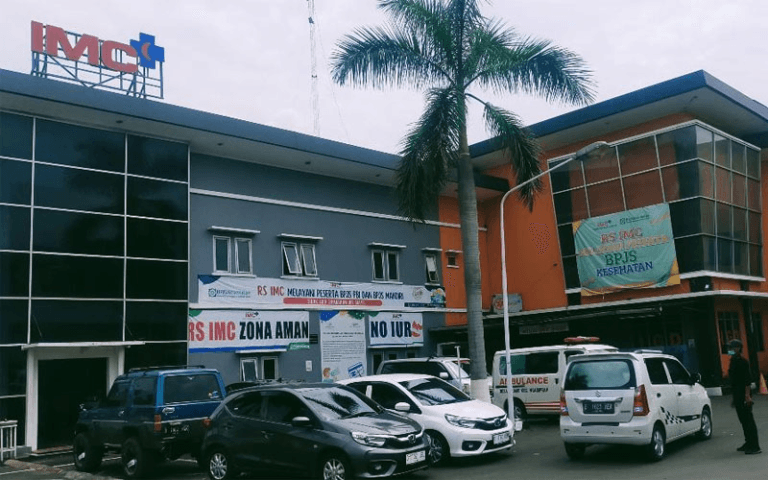
Property owners face a critical decision when establishing foundations for driveways, patios, or parking areas. The choice between concrete and gravel fundamentally shapes your property’s functionality, appearance, and long-term maintenance requirements. Each material offers distinct advantages that align with different project goals and budgets.
Understanding Foundation Materials
Selecting the appropriate base material requires careful evaluation of your specific needs. Concrete delivers unmatched durability and permanence. It creates a solid, uniform surface that withstands heavy loads and extreme weather conditions year after year. Gravel, by contrast, offers flexibility and cost-effectiveness that appeals to many property owners seeking practical solutions without breaking the bank.
The decision hinges on multiple factors beyond initial installation costs. For comprehensive guidance on permanent installations, exploring options like https://www.siteprep.com/concrete-foundations/ provides valuable insights into structural considerations. Climate conditions in your region play a significant role too. Water drainage patterns, soil composition, and anticipated traffic volume all influence which foundation type will perform optimally on your land.
Concrete: The Permanent Solution
Concrete foundations provide exceptional strength and longevity. Site Prep professionals recognize that properly installed concrete can last 30 to 50 years with minimal maintenance. This material excels in high-traffic areas where vehicles constantly move across surfaces. Commercial properties particularly benefit from concrete’s ability to handle heavy machinery and equipment without deterioration.
The installation process demands precision. Preparation includes excavation, proper grading, and often reinforcement with rebar or wire mesh. These steps ensure structural integrity. Weather during installation matters considerably—extreme temperatures can compromise curing processes and affect final quality. However, once properly set, concrete resists cracking, settling, and erosion far better than loose materials.
Key benefits include:
- Minimal upkeep requirements
- Enhanced property value
- Superior load-bearing capacity
- Smooth, accessible surfaces
Concrete’s aesthetic versatility shouldn’t be overlooked either. Stamped patterns, colored finishes, and textured surfaces transform functional foundations into attractive design elements. This customization potential makes concrete suitable for both utilitarian spaces and areas where curb appeal matters. The material’s reflective properties can even reduce heat absorption in warmer climates, creating cooler surfaces during summer months.
Gravel: The Flexible Alternative
Gravel foundations deliver cost-effective results for numerous applications. Installation expenses typically run 40-60% lower than concrete, making this option attractive for budget-conscious projects or temporary solutions. The permeable nature of gravel allows water to drain naturally through the surface, preventing puddles and reducing runoff issues that plague solid foundations.
Rural properties and long driveways particularly benefit from gravel installations. The material accommodates ground movement and settling without cracking or requiring expensive repairs. Seasonal freeze-thaw cycles that devastate concrete cause minimal damage to properly maintained gravel surfaces. For detailed installation techniques, resources at https://www.siteprep.com/gravel-driveways/ explain best practices for achieving optimal results.
Maintenance requirements differ significantly from concrete. Regular raking helps redistribute displaced stones and maintain even surfaces. Periodic addition of fresh gravel compensates for gradual material loss and compaction. Weed growth between stones requires attention, though proper base preparation and fabric barriers minimize this concern substantially.
Primary advantages include:
- Lower installation costs
- Excellent drainage properties
- Easy repairs and adjustments
- Environmental permeability
Making Your Decision
Climate considerations heavily influence foundation performance. Regions experiencing significant freeze-thaw cycles challenge concrete installations unless properly reinforced with adequate depth and drainage systems. Gravel handles these conditions more gracefully, allowing ice formation without structural damage. Conversely, areas with minimal precipitation and stable temperatures maximize concrete’s longevity advantages.
Traffic patterns and usage intensity matter tremendously. Residential driveways supporting two vehicles daily have vastly different requirements than commercial lots accommodating delivery trucks and heavy equipment. Concrete justifies its higher cost in high-use scenarios where durability prevents frequent repairs and replacements. Gravel works wonderfully for occasional-use access roads, overflow parking, or decorative pathways where traffic remains light.
Budget allocation extends beyond initial installation. Factor in long-term maintenance costs, potential repairs, and expected lifespan when calculating true project expenses. Concrete demands higher upfront investment but requires virtually no ongoing attention for decades. Gravel saves money initially yet necessitates regular maintenance and eventual complete replacement sooner than concrete alternatives.
Essential considerations include:
- Expected lifespan needs
- Maintenance commitment level
- Local weather patterns
Final Considerations
The right foundation choice balances immediate needs with long-term goals. Analyze your property’s specific requirements honestly. Consider how each option aligns with your budget, maintenance capacity, and aesthetic preferences. Neither material is universally superior—success comes from matching foundation characteristics to your unique situation and priorities. Professional consultation can clarify options and ensure your investment delivers lasting value.





